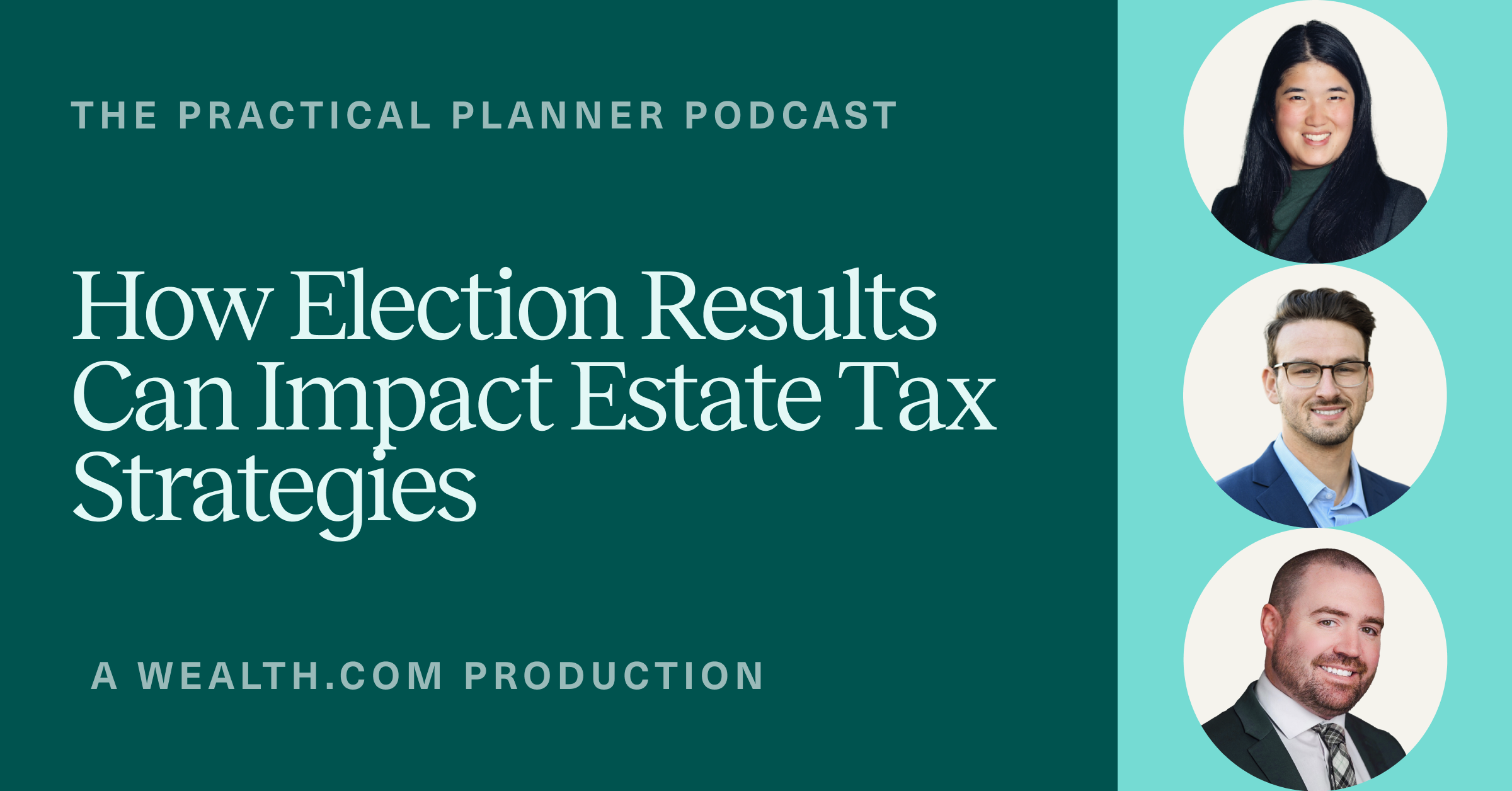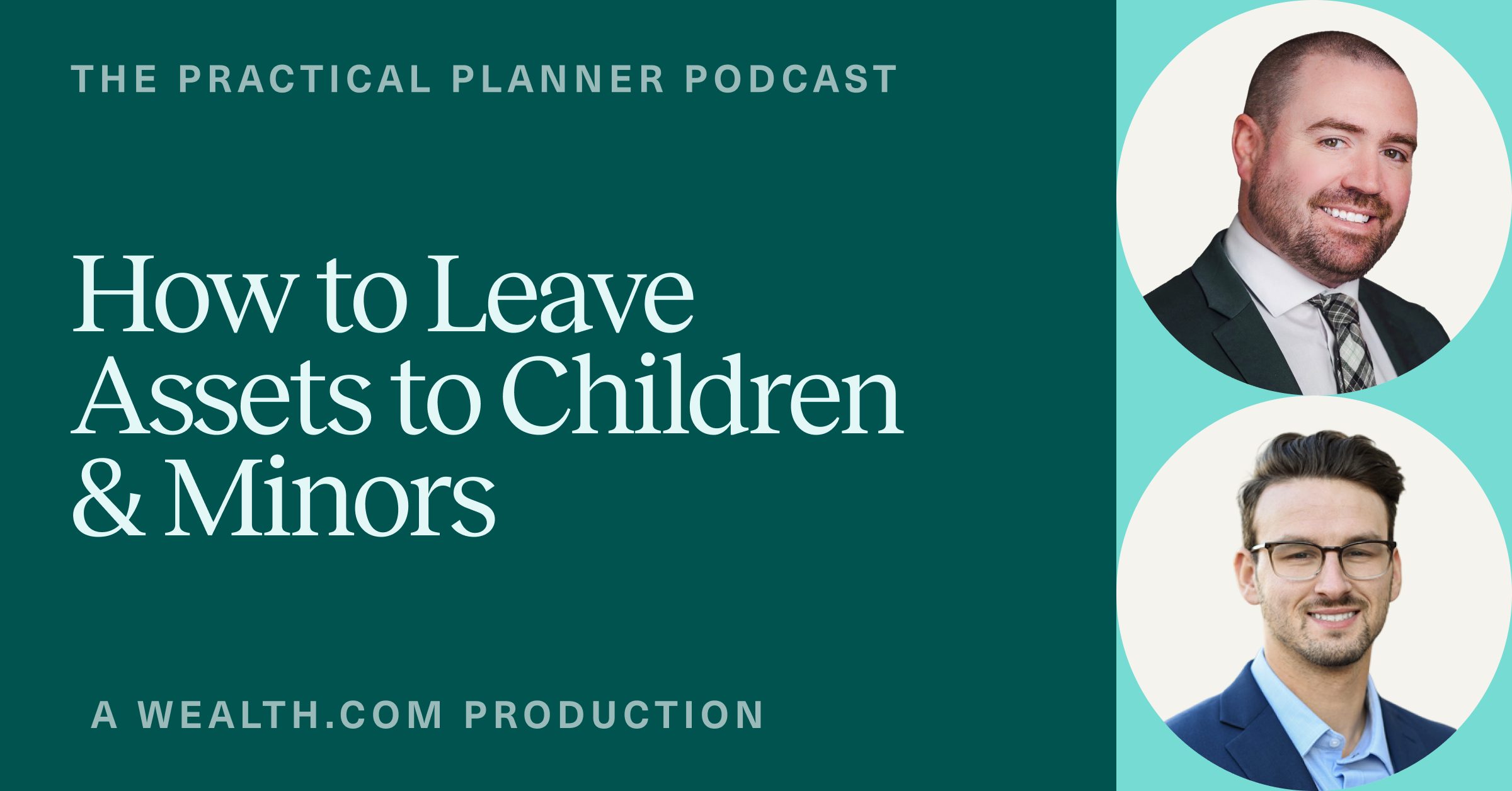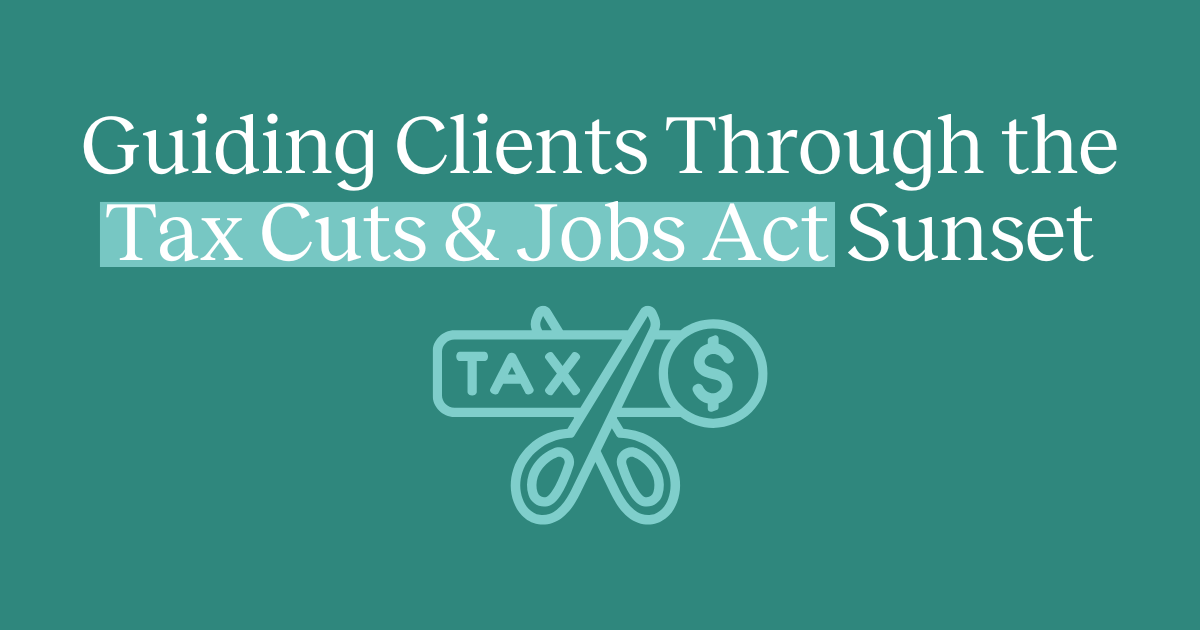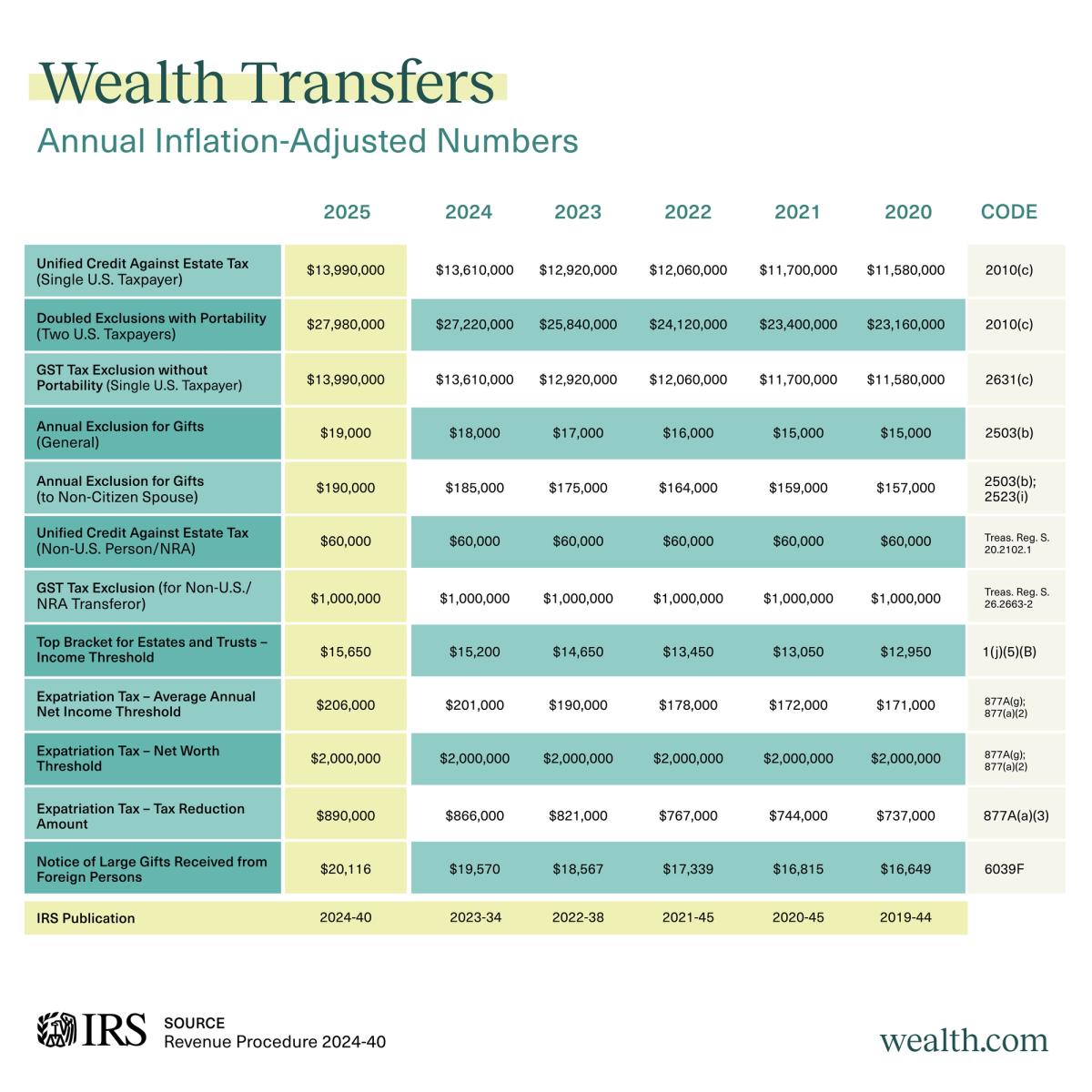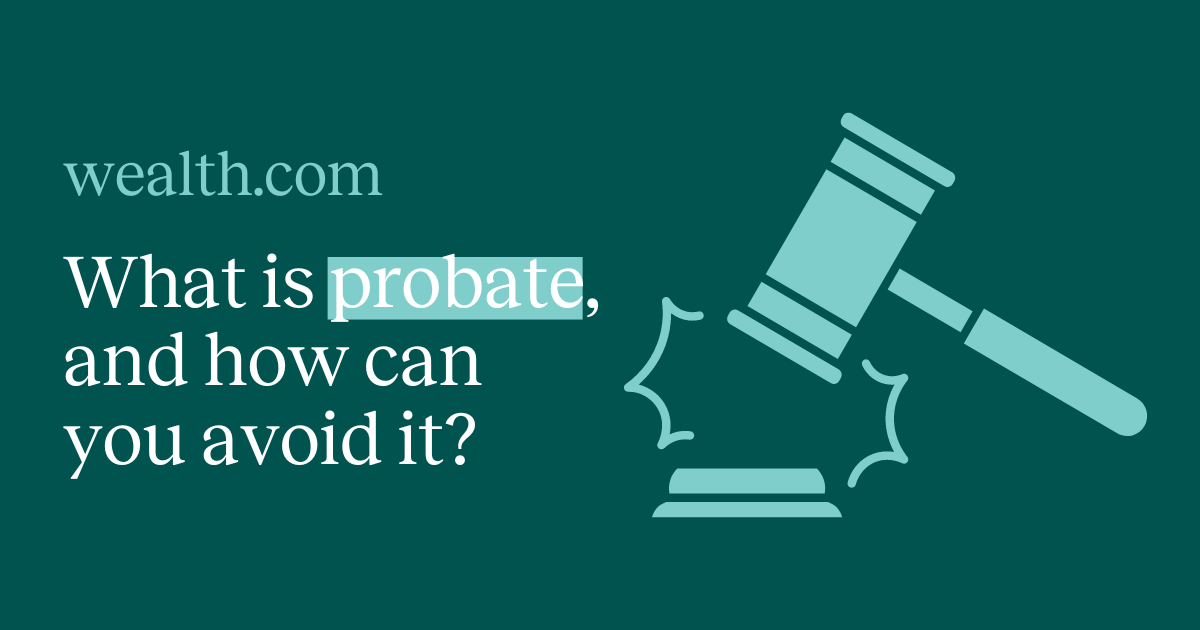In this episode, hosts Thomas Kopelman, Anne Rhodes, and David Haughton explore how recent election results could shape estate tax planning through 2025 and beyond. They emphasize the importance of flexibility in navigating uncertainty in tax laws and political environments. The discussion includes the potential sunset of the Tax Cuts and Jobs Act, why advisors must stay informed and adaptable and how to approach flexible planning for ultra-high-net-worth clients.
Subscribe and listen on Spotify, Apple Podcasts or anywhere you listen to podcasts.
For any questions, email us at [email protected].
